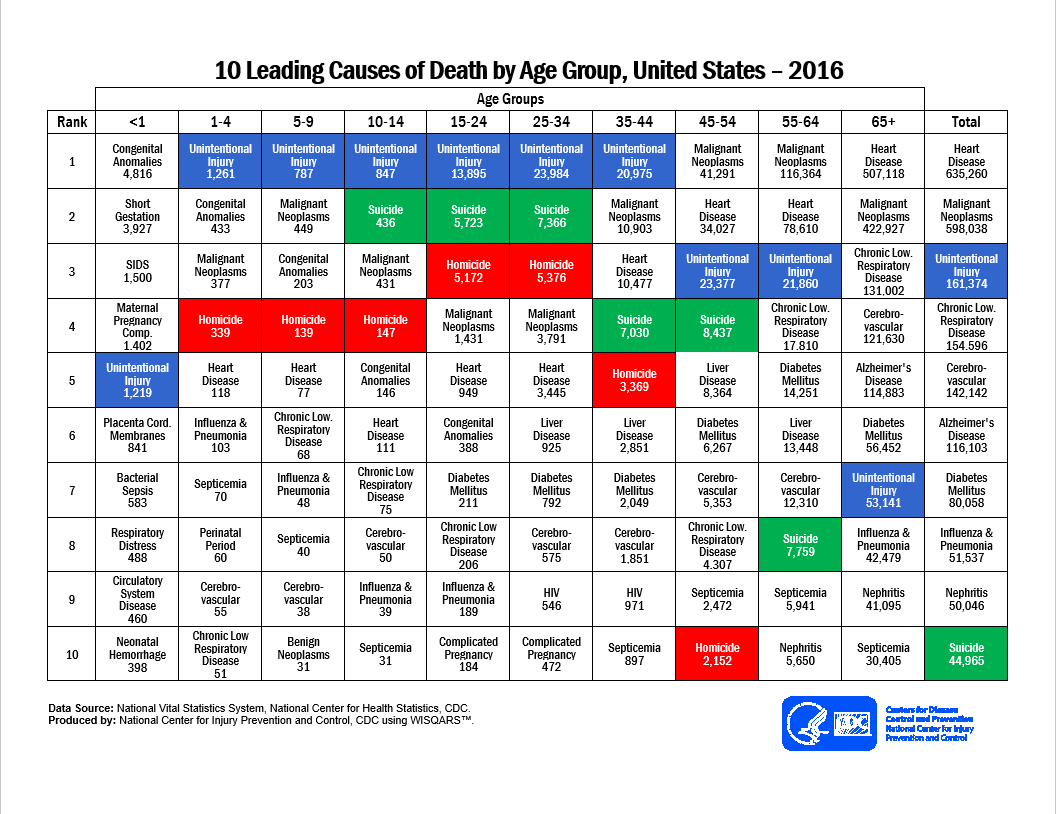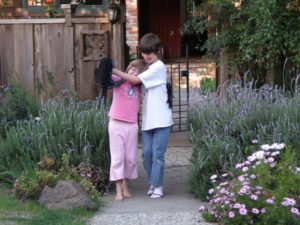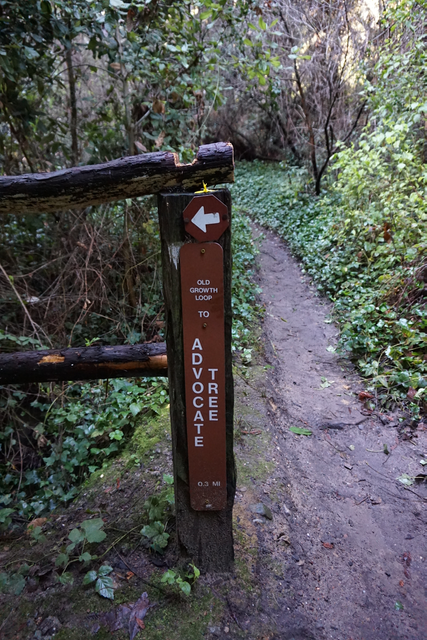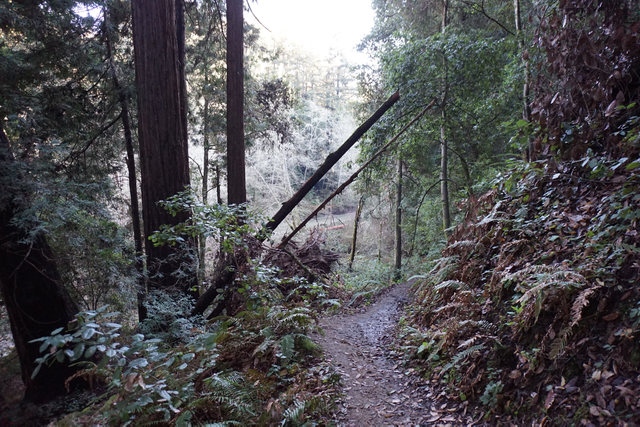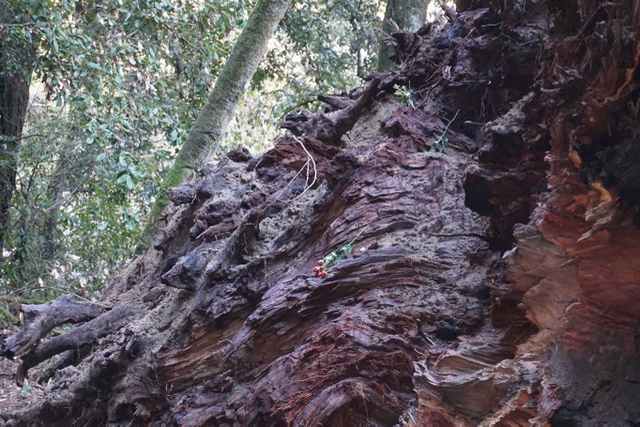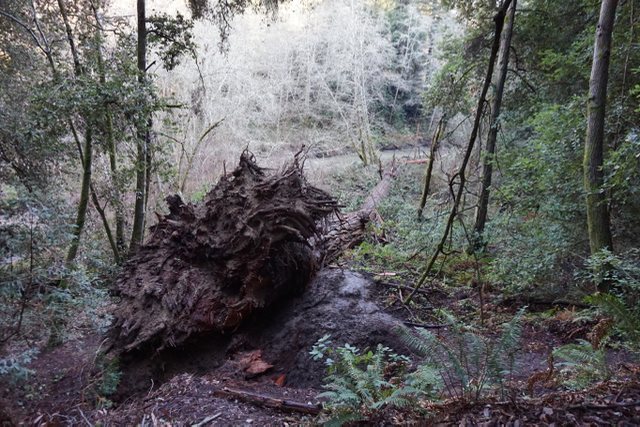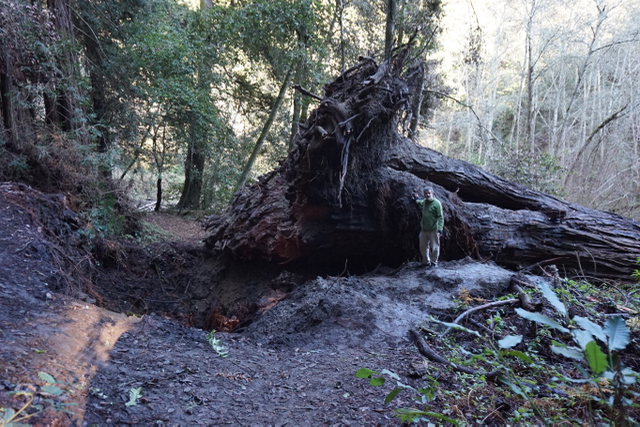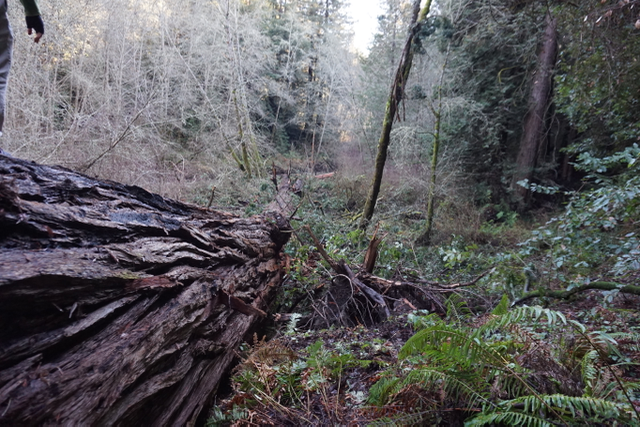Last summer, I had a really cool experience. Ready for it?
I talked to the people I work with every day.
Sounds pretty awesome, doesn’t it? Actually, to most people I suppose it would sound unusual that I don’t talk to my coworkers, but that would be because you work IRL. Since my work is all online, it’s a rare treat for me to be able to spend time with my co-workers, people I text and email with almost every day.
It started with serendipity.
Dr. Kirsten Stein, the owner of Athena’s Advanced Academy, where I teach, has been friends with one of the other teachers for longer than Athena’s has existed. And she’s known another one of the teachers since birth (since that teacher is her daughter). When Prof. Becky announced a trip to California, we decided that we’d have our first in-person meeting with as many students and educators as we could muster.
A visit to the beach!
We met first to go tide-pooling, which was extra exciting since one of the teachers is a marine biology specialist. Since I live on the coast, I have been tide-pooling many times. But never with someone who could tell me about the reproductive habits of kelp.
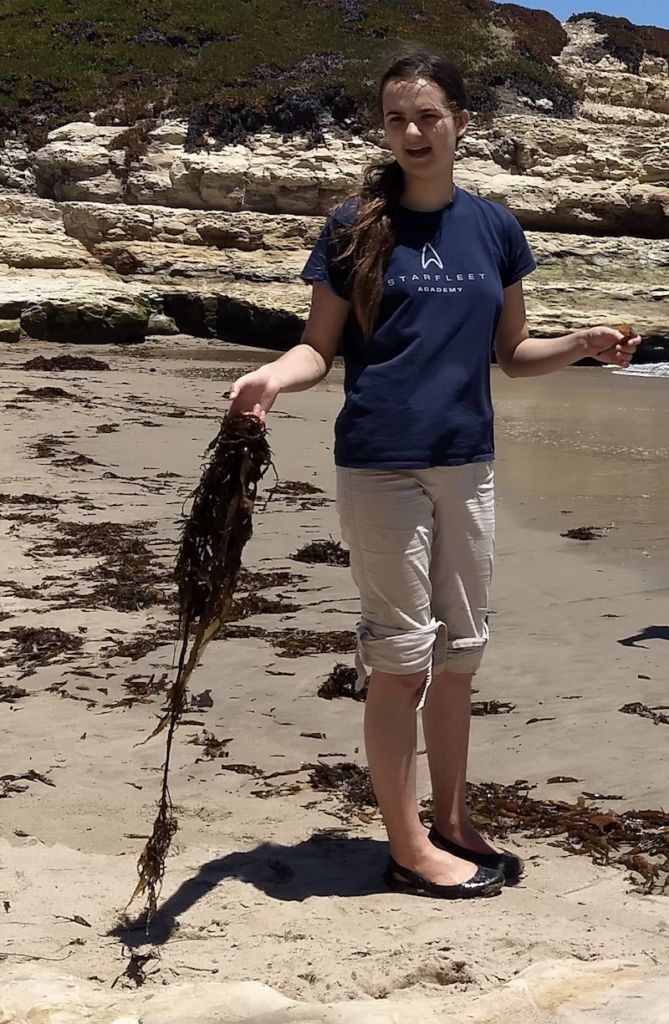
As soon as Emma the Animal-Lover started talking, I realized something cool was happening. I pulled out my cellphone and asked Emma and Becky to keep talking. We got lots of great video. (Forthcoming!)
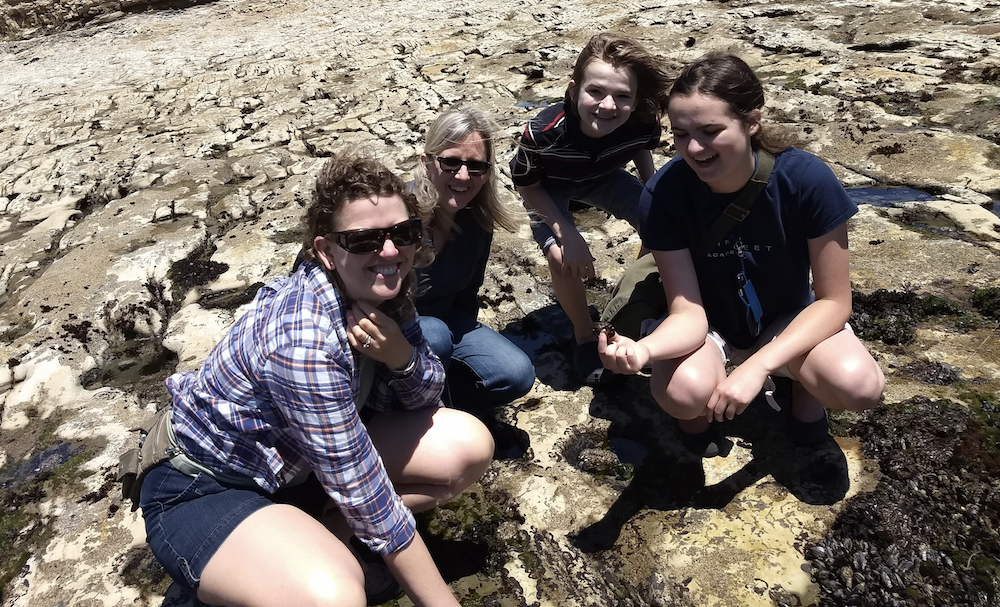
A visit to the redwoods!
Then we decamped to my house for dinner. But first, we partook of the wonders of Nisene Marks State Park, which happens to be in my backyard. Professor Becky Riethmeier was out in front here, asking questions about the local flora and fauna. I pulled out as many of the names of plants as I could from the deep recesses of my mind. My kids and I made a homeschooling project of writing a book about the redwoods, but that was a good while ago.

It was very cool to walk in a forest I know so well with people who could ask such deep questions. From the crashing waves and wide-open space of the Monterey Bay to the filtered sunshine and dusty stillness of summertime redwoods is pretty much a day complete.
More friends and conversation!
But why stop there? Another Athena’s educator, Dr. Meg Wilson, lives nearby, and she arrived with her daughter and food for the potluck. We were complete!

Here’s where I get to the real theme here: I love our online school, and our online community. But there is nothing that cements it more than a real-life interaction with nature, food, and friendly conversation.
If your kids are learning online, make sure to try to connect that learning to their everyday lives. It’s not like we can always meet with friends who live thousands of miles away, but we can find ways to connect our online life to our real lives, and deepen the meaning of both.
